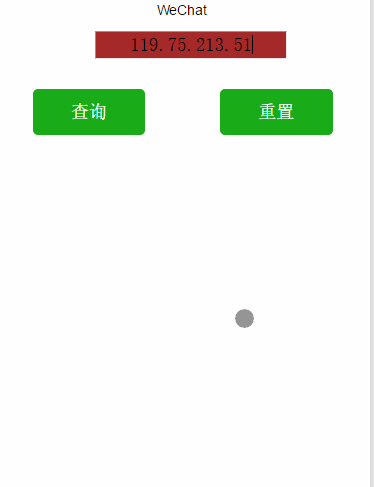Asible是运维工具中算是非常好的利器,我个人比较喜欢,可以根据需求灵活配置yml文件来实现不同的业务需求,因为不需要安装客户端,上手还是非常容易的,在某些情况下你可能需要将ansible作为python的一个库组件写入到自己的脚本中,今天的脚本脚本就将展示下ansible如何跟python脚本结合,也就是如何在python脚本中使用ansible,我们逐步展开,先看第一个例子:
1 2 3 4 5 6 7 8 9 10 11 12 13 14 15 16 17 18 19 20 21 22 23 24 25 26 |
#!/usr/bin/python import ansible.runner import ansible.playbook import ansible.inventory from ansible import callbacks from ansible import utils import json # the fastest way to set up the inventory # hosts list hosts = ["10.11.12.66"] # set up the inventory, if no group is defined then 'all' group is used by default example_inventory = ansible.inventory.Inventory(hosts) pm = ansible.runner.Runner( module_name = 'command', module_args = 'uname -a', timeout = 5, inventory = example_inventory, subset = 'all' # name of the hosts group ) out = pm.run() print json.dumps(out, sort_keys=True, indent=4, separators=(',', ': ')) |
这个例子展示我们如何在python脚本中运行如何通过ansible运行系统命令,我们接下来看第二个例子,跟我们的yml文件对接,简单的yml文件[……]
继续阅读
